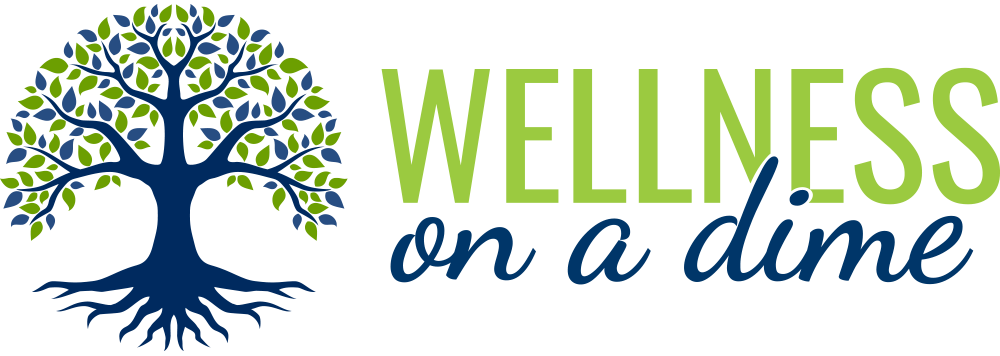 No matter how fit you are, you should always warm up before you workout and cool down at the end. Warm-up and cool-down sessions should last about five minutes, so it doesn’t extend your workout by much. They both play a vital role in protecting your body from injury and boosting recovery. When you warm up you increase circulation and as the name implies, warming the muscles. Cooling down helps prevent blood from pooling in extremities.
No matter how fit you are, you should always warm up before you workout and cool down at the end. Warm-up and cool-down sessions should last about five minutes, so it doesn’t extend your workout by much. They both play a vital role in protecting your body from injury and boosting recovery. When you warm up you increase circulation and as the name implies, warming the muscles. Cooling down helps prevent blood from pooling in extremities.
Get your muscles ready for increased effort.
If you’ve been laying around all day and then got up and immediately started running at top speed, it could overstress your heart. Instead, gradually increasing your speed and effort slowly increases your heart rate and breathing, taxing the heart far less. A warm-up warms the muscles and slowly increases your heart rate. Warming the muscles before doing strenuous tasks helps prevent injury and increases productivity. You’ll get better results and prevent a sudden rise in blood pressure.
Warm-up exercises increase coordination.
You’ll be more agile and have more muscle control when you warm up before a workout. Warming up also improves reaction time. The increased circulation helps prevent the build-up of lactic acid in the muscles by increasing circulation slowly. It builds if there’s a sudden demand for oxygen. That can happen if you transition from sedentary to intense activity. The build-up causes the blood to be acidic and increases the body’s pH, making it harder to maximize your efforts during your exercise session. That can cause you to tire quickly and quit too soon.
Cooling-down plays a vital role as well.
If you suddenly stop after an intense workout, blood can pool in your extremities. That can cause you to get lightheaded and even faint. When you gradually decrease your intensity and cool down, your heart rate, blood pressure, and temperature return to normal slowly. Stretching can also help reduce any lactic acid build-up and speed recovery. Your muscles are warmed, so they’re more flexible, making it a good time to stretch and improve your range of motion. Improved range of motion can help prevent future injuries when working out.
- Warm-up exercises should mimic the activity you’re doing. If you’re running, walking around is sufficient. Cool-down exercises should use static stretching to take advantage of the warmed muscles and flexibility.
- Warming up before a workout helps improve your focus. It gives you time to get your head into your workout before the movements get intense. It’s as important mentally as it is physically.
- Cooling down is also a transition time. It allows you to review your workout and mentally note any changes you might make or areas where you need extra work.
- Cooling down can prevent DOMS—delayed onset muscle soreness. It can be extremely uncomfortable. You don’t have to stretch. You can use other mild exercises like cycling to help reduce the potential for soreness and DOMS.
For more information, contact us today at Wellness On A Dime Coaching
